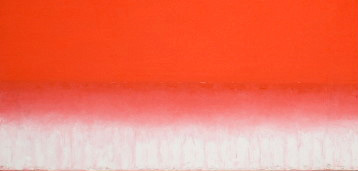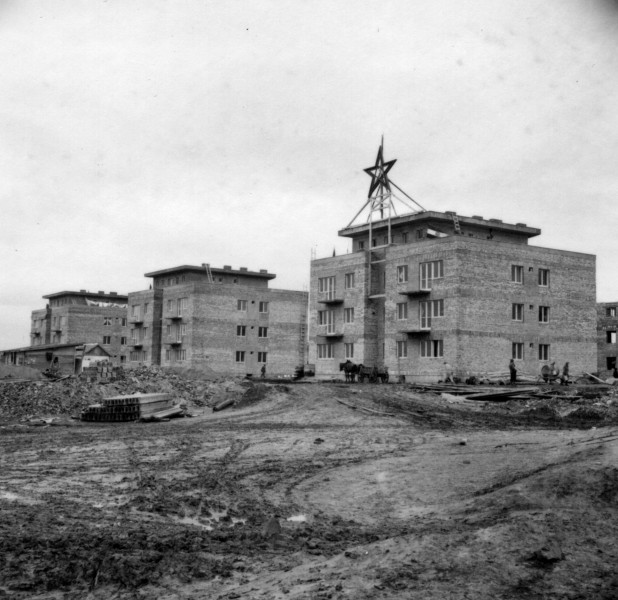Building Socialist Industrial Landscape. A Hungarian Case Study
Lecture by Barbara Dudás
Zachęta's Facebook
live stream
The city of Dunaújváros is one of the most interesting examples of Eastern Europe’s socialist new cities created by socialist dictatorships. It was designed and built in the early 1950s next to an industrial complex, and was imagined as a completely new type of a city that adjusts to the expectations of the socialist way of life. The lecture will focus on the socialist realist history of the city, its architecture and urban planning, as well as the peculiarities of the city at the time of its creation and since.
Barbara Dudás – art historian, researcher and curator specializing in the history and theory of art after 1945 in Hungary. Assistant Research Fellow at the Institute of Art History, Research Centre for the Humanities, ELKH in Budapest, member of the 20th Century Art and Art Historiography Research Group. Holds a BA and an MA in Art History, currently undertaking a PhD in Art Theory and Cultural Studies at the Academy of Fine Arts Vienna with a dissertation topic Echoes of Socialism – Deconstructing the Historiography of Art and Museum Practice in Hungary after 1989. The Case of Gyula Hincz.
The project is co-financed by the Governments of Czechia, Hungary, Poland and Slovakia through Visegrad Grants from International Visegrad Fund. The mission of the fund is to advance ideas for sustainable regional cooperation in Central Europe:

-
27.05 – 10.10.2021Cold RevolutionCentral and Eastern European Societies in Times of Socialist Realism, 1948–1959
The curators of the exhibition undertake a critical reflection on the changes taking place at that time, illustrating their scale and dynamics using visual material from the fields of painting, photography, film, design and architecture. It includes over 400 works from six countries of the former Eastern Bloc: Poland, Czechoslovakia, East Germany, Bulgaria, Romania and Hungary.
Zachęta – National Gallery of ArtZachęta


